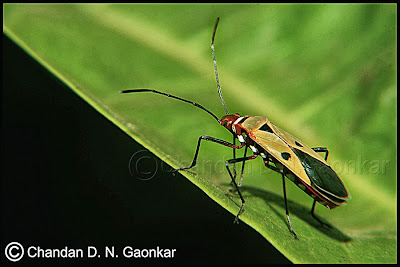 -Learning-
-Learning-
Photographing Historical Sculptures in Ambient Light
Ancient sculptures
are good source of knowledge of our glorious past. We observe such figures in old
temples, museums and at other important places and often tend to photograph them
for our record. We can photograph them in proper way by keeping a few points in
our mind.
Equipment/Accessories/Articles:
* D SLR Camera:
Any D SLR Camera with necessary features.
* A normal
lens (50 mm), any standard zoom lens (18-55 mm, 18-105 mm etc.) or a Macro Lens
(100 mm) is ideal for our purpose. However a macro lens is very useful in close
focusing of small figures and in getting fine details.
* A firm
tripod to avoid camera shake in low light conditions.
* Polarizing filter to avoid glare of the figures with shiny surface.
* Backgrounds
(Colourful papers or clothes).
Light: Light is the
essence of a picture. Proper light helps in highlighting the details and in giving
a feel of depth to a sculpture. Mild
sunlight of morning and evening is suitable for our work. Moreover we can get
amazing results with the light coming through a window/door in a room. Use of
one-sided light can be fruitful for photographing sculptures. We should place
the sculpture in such a manner that light may fall on it either from left or
from right side. But in such condition half portion of the object remains
shady. This portion can be treated with the help of a reflector or a white card
sheet by providing some reflected light (Nearly 50% of the highlighted portion
or as required). If we notice some darkness on any other portion of
sculpture, we can fill it with reflected soft light from required angle. If the
background seems too dark and we need to highlight it, we can show it up by
tilting it towards the source of light or by giving some light to it through
another reflector. In this situation we can take help of any of our friends of
colleagues.
Selection of Background: Selection of
appropriate background doubles the beauty of a picture. So we have to be very cautious
in regard of background. Background should be simple and sober. Texture of the
background should not be glossy, as it will reflect unnecessary light towards
the lens. Papers and cloths of different colours can be used as background. Colour
of the background should match to the colour of sculpture. Nevertheless the black background suits almost every
colour (except dark ones). So we can use a black background with the
sculptures of different colours if we lack a variety of backgrounds.
Exposure:
Suitable
exposure (the light reaching to the subject through the combination of aperture
and shutter speed) is a vital factor. For every part of the figure in focus and
for good depth, we should always choose a small size of the aperture (like 22
or 16). The shutter speed of the camera can be selected accordingly. Use of
aperture priority mode is also useful. In this mode we have to select the
aperture and the shutter speed is determined by the camera. If we get a little
bright or little dark image, we can manage the results by using exposure
compensation mode by lightening or darkening our image slightly.
Composition: Perfect composition
is an important element. We should always try to compose the photograph with simplicity.
Some space should be left around the object, as it will give a sense of
openness to the picture. If we are on the profile
(side view) of a sculpture, we should leave some space in front of the
sculpture.
Important:
Before
photographing the sculptures of historical importance, we should always take
permission of concerned authority.
(Images courtesy: Panchala
Museum, MJP Rohilkhand University, Bareilly-U.P-India)
--Dr. Pankaj Sharma




















































